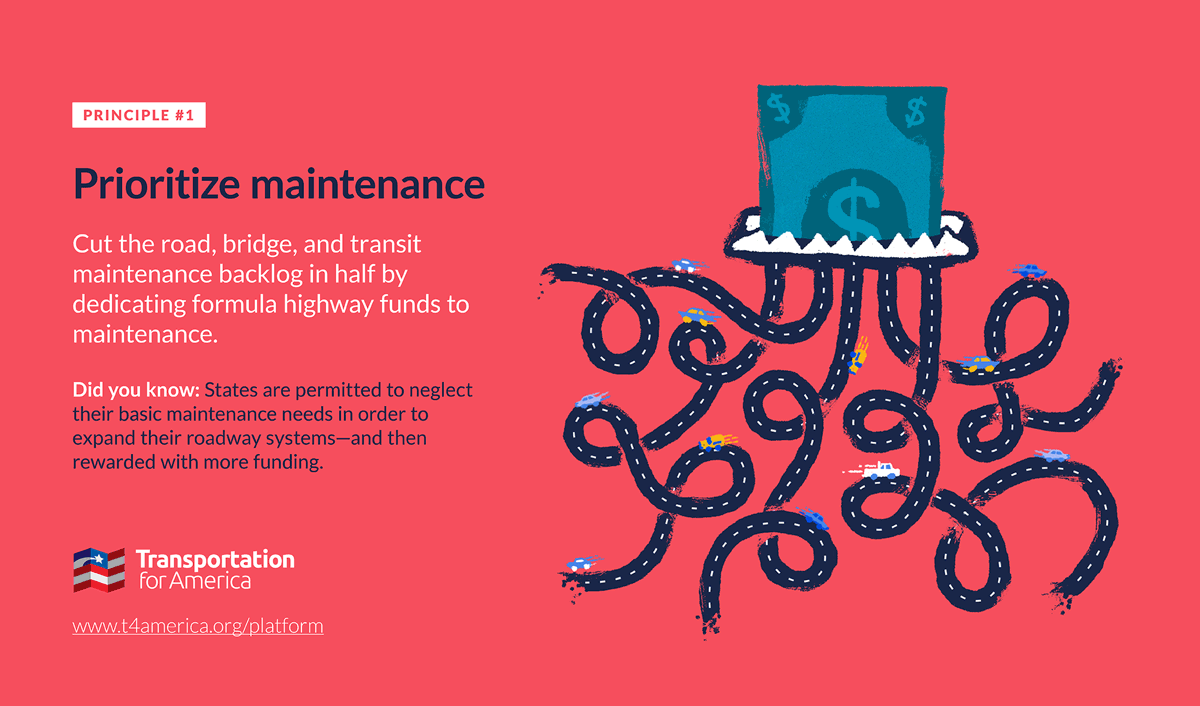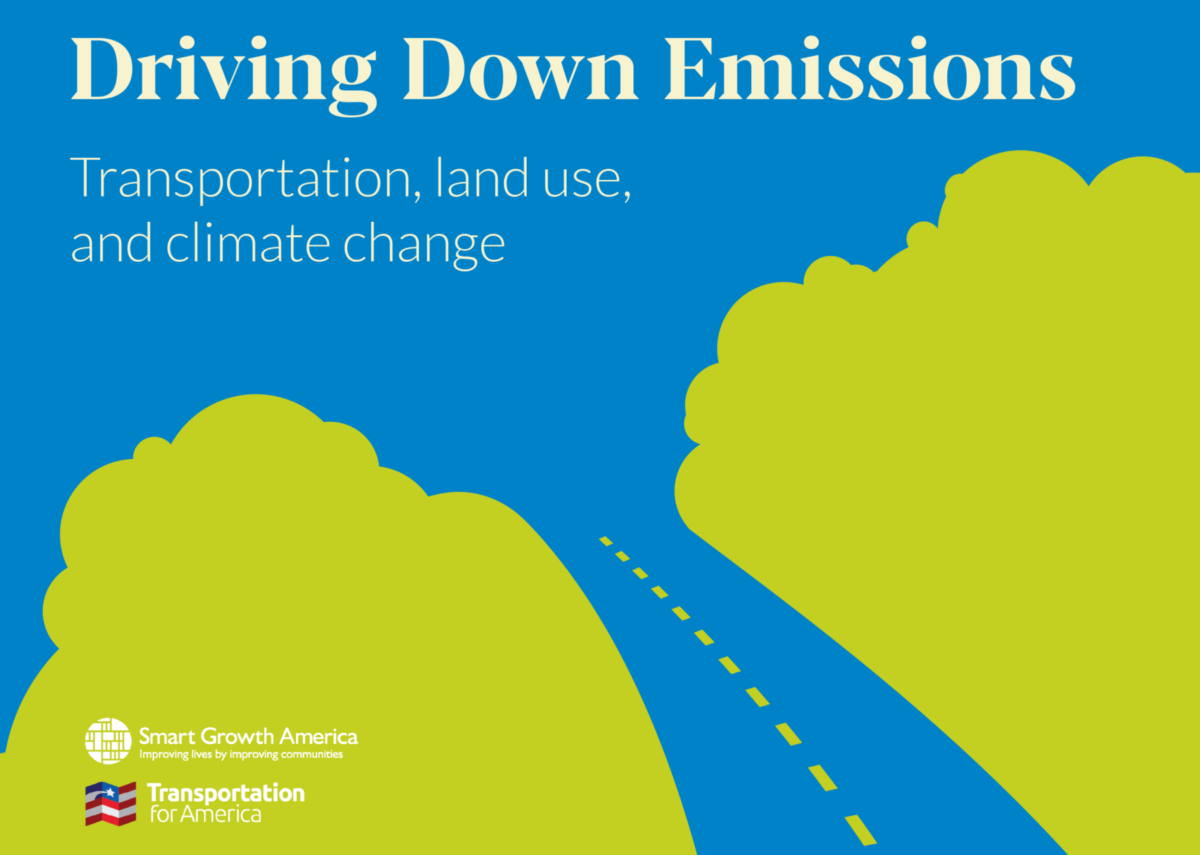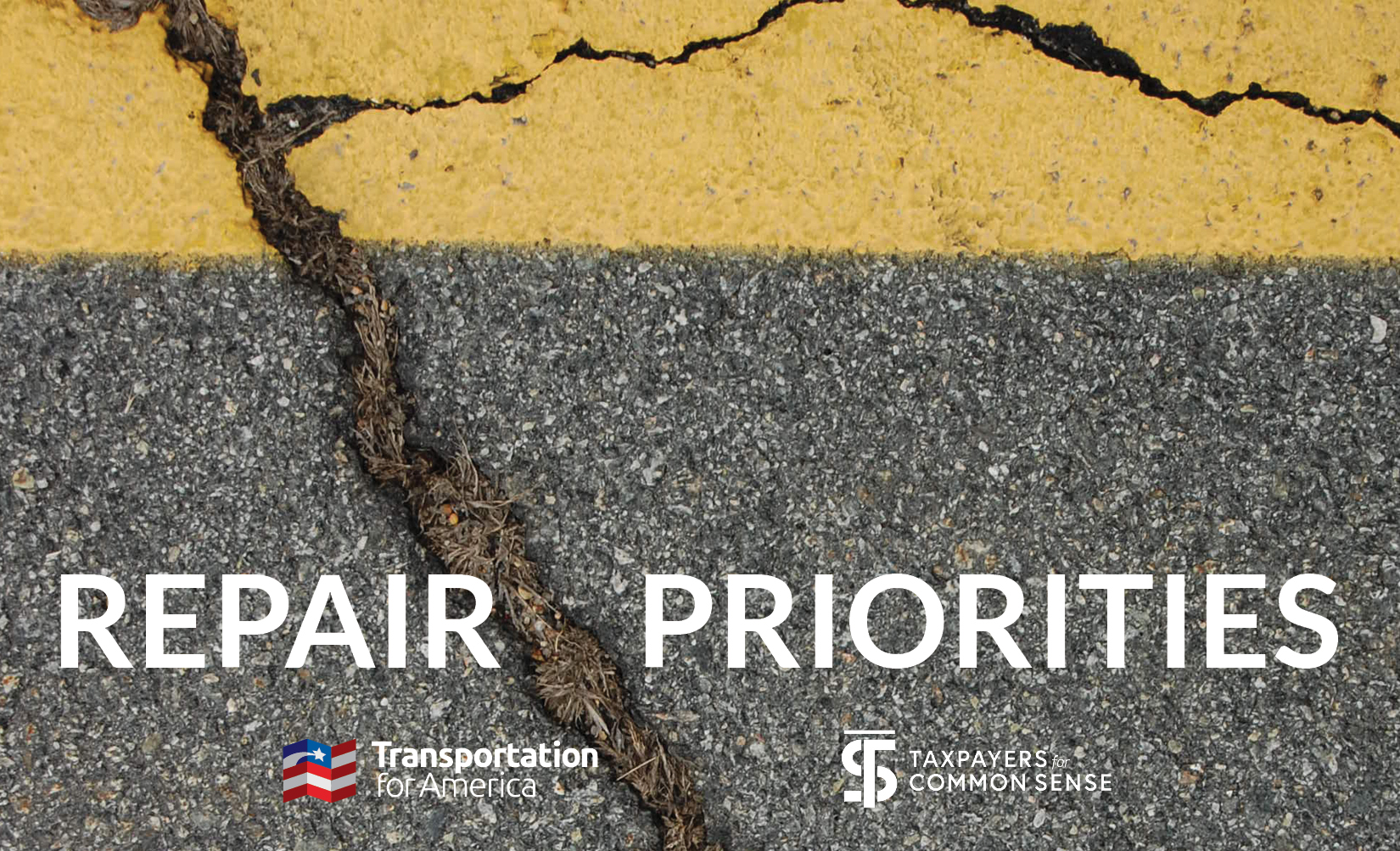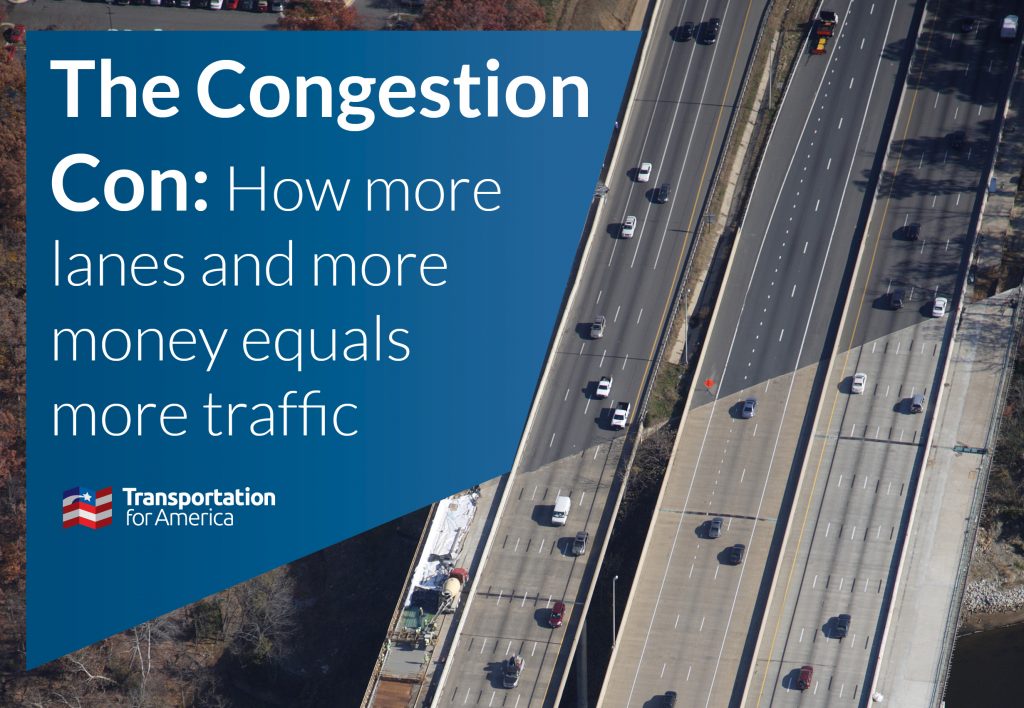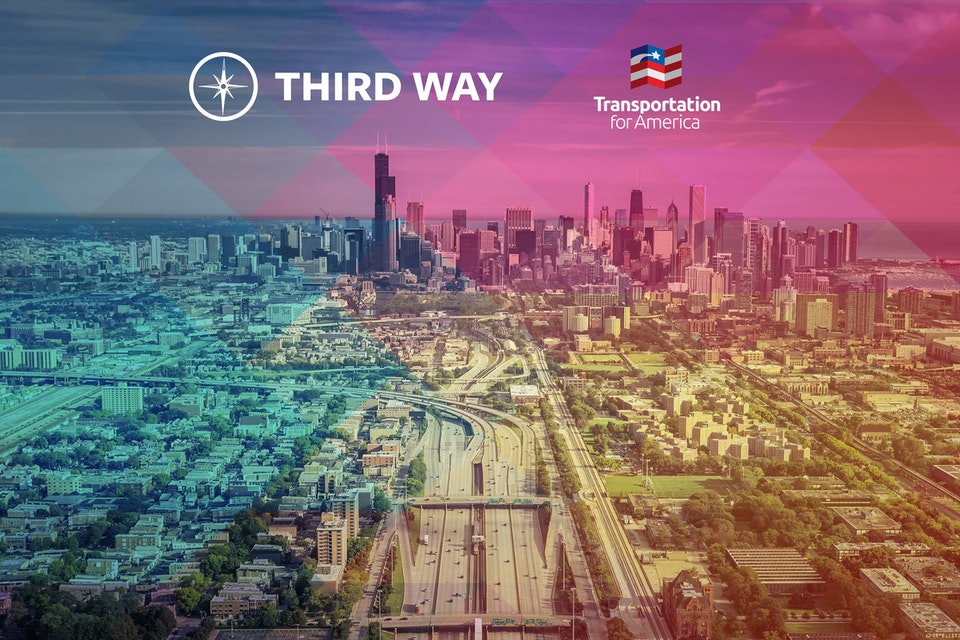Posts Tagged "principles"
We need a new approach to transportation: T4A’s efforts to get there
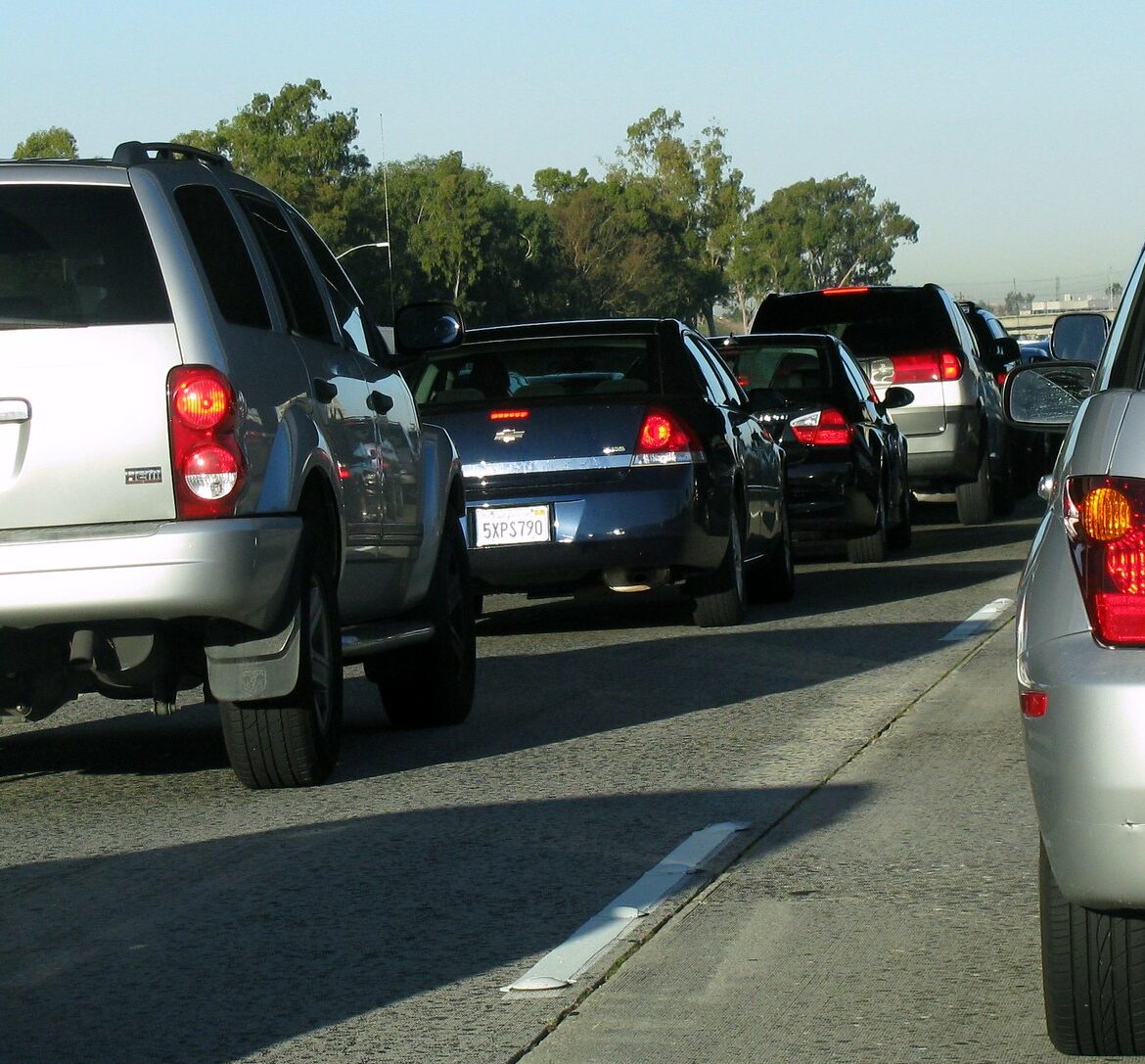
Six months into 2022, a lot’s been accomplished on the implementation of the 2021 infrastructure law, but there’s still a long way to go.
New House transportation bill goes 3 for 3 on T4America’s core principles
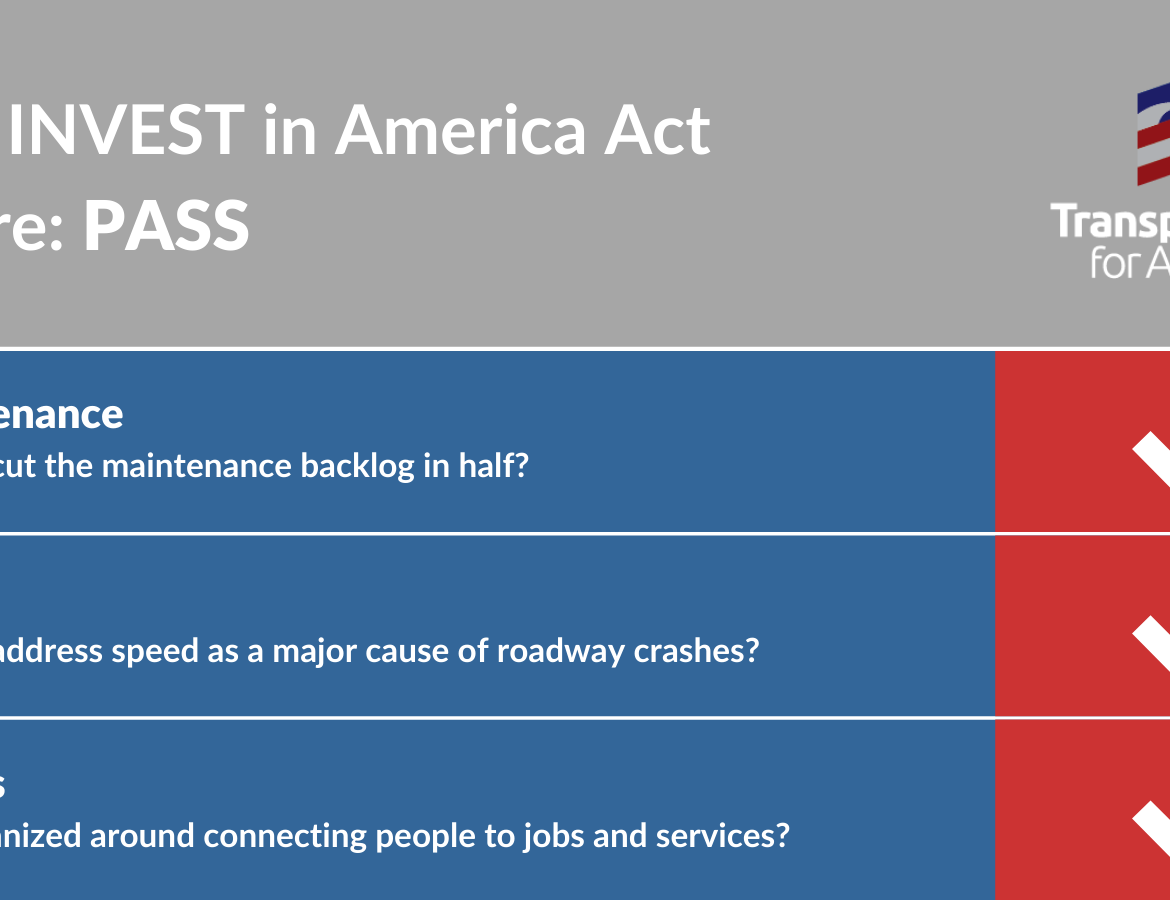
Late last week the House released their new five-year proposal for transportation policy and spending, known as the INVEST in America Act. By focusing on making tangible progress on outcomes like repair, safety, climate change, and access to jobs and services—rather than just asking for more money for more of the status quo—House leaders have again proposed a paradigm shift in how we spend transportation dollars and measure what they accomplish.
They said “no new money for transportation” was a bad message. They were wrong.
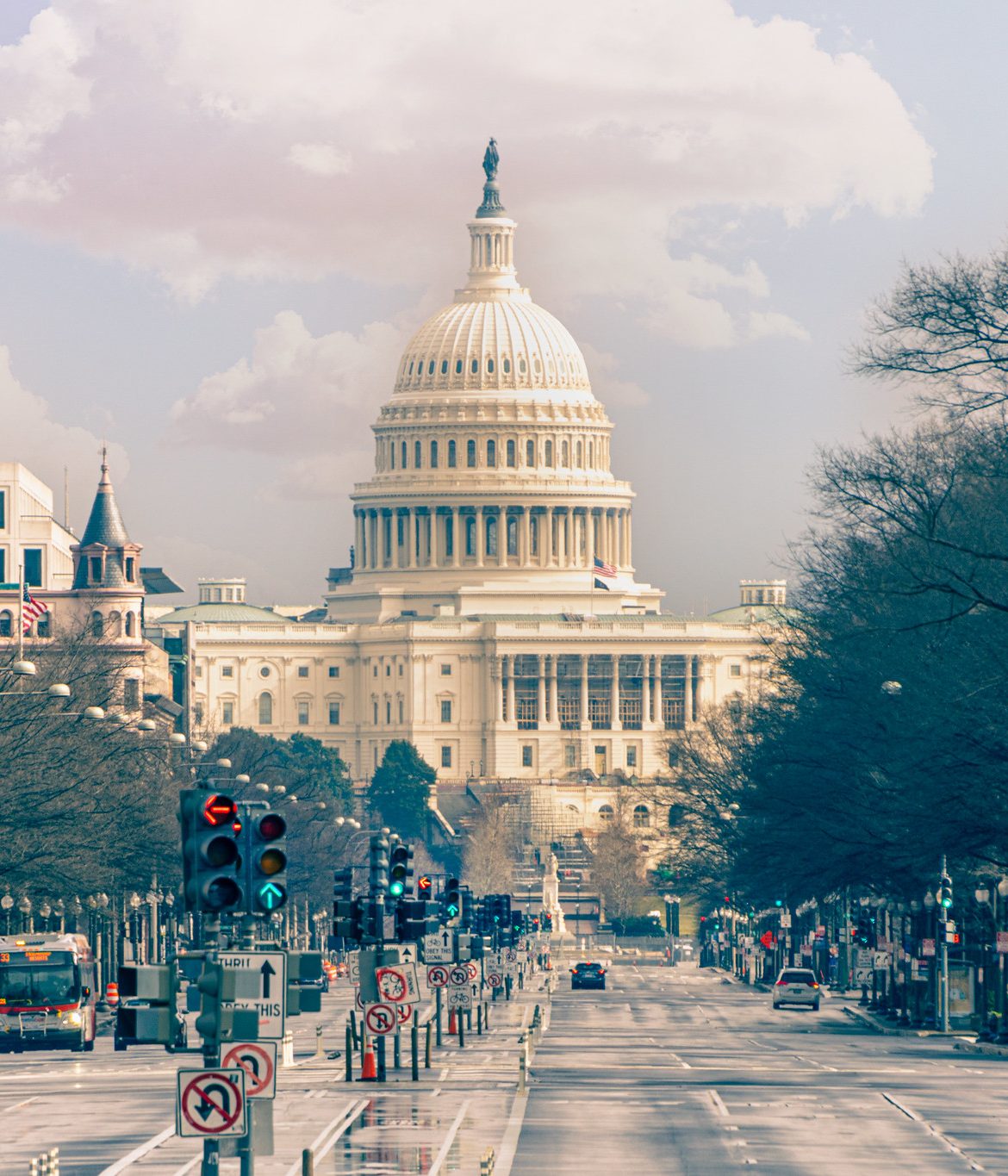
Two years ago, Transportation for America bucked advocacy convention by refusing to talk about funding, discussing only the outcomes of funding instead. We even said that we do not support any new funding for transportation if the underlying policy doesn’t change. Our surprising strategy has yielded results.
Month of Action Week 2: Tackling our deadly streets
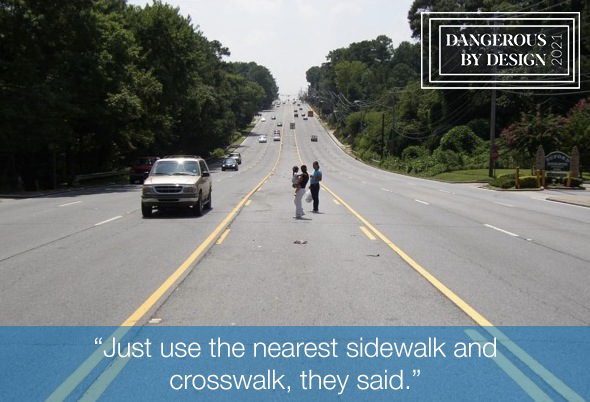
With Congress writing long-term transportation policy this month, we need to make sure that this bill doesn’t continue the broken status quo. This week, we need you to take action to support the Complete Streets Act.
It’s go time: Launching our Month of Action
With Congress writing long-term transportation policy this month, we need to make sure that this bill doesn’t continue the broken status quo. We need a bill that prioritizes maintenance, designs for safety over speed, and selects investments that improve people’s access to jobs and services—not increase vehicle speed. And we need your help.
Over 160 elected officials and organizations support fundamental changes to the federal transportation program

In a letter to Congressional leadership, over 160 elected officials and organizations urge Congress to prioritize maintenance, safety over speed, and access to jobs and services in the next long-term transportation law
Connecting people to jobs and services week: How bad metrics lead to even worse decisions
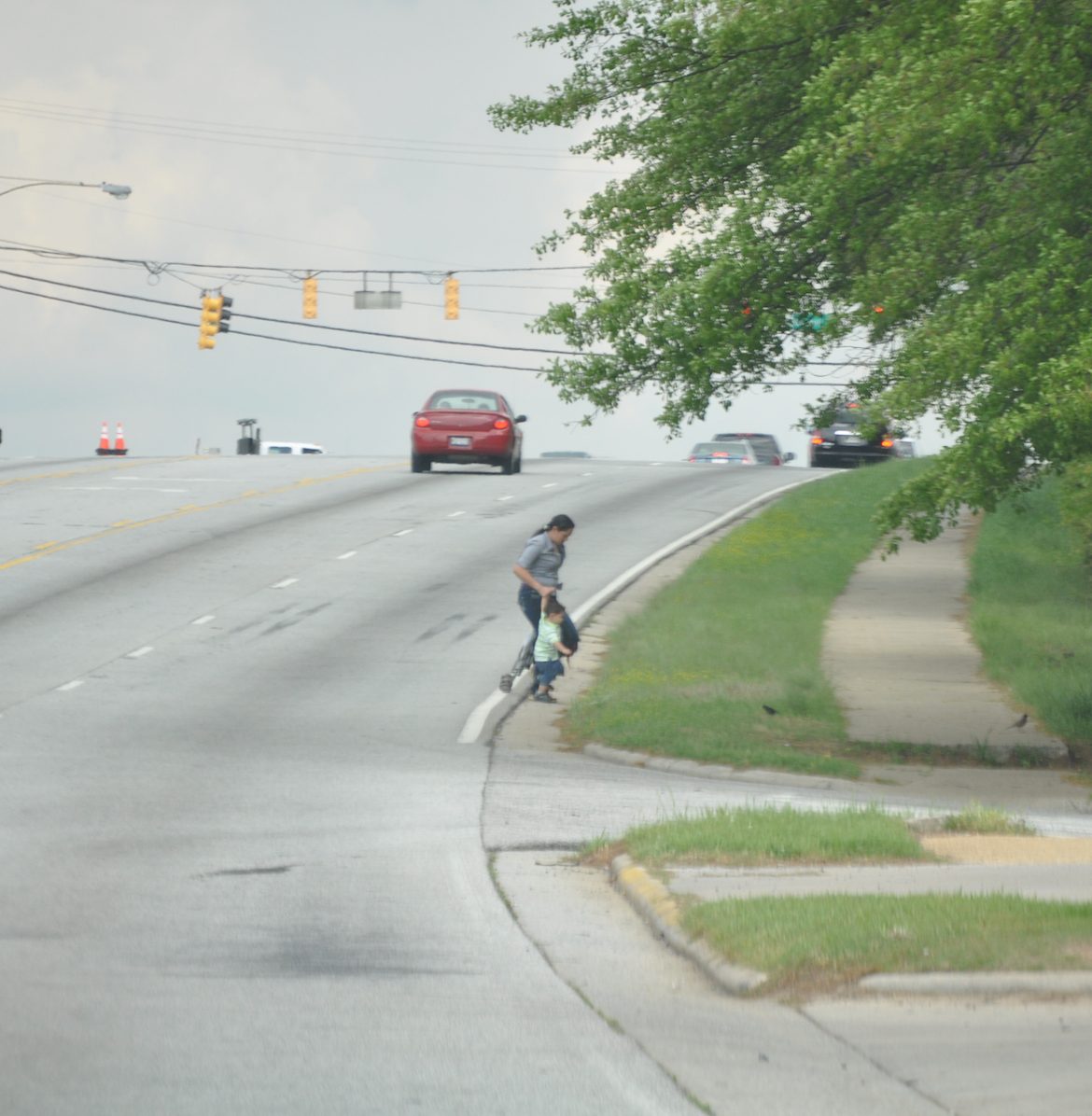
When the top priority of our transportation investments is moving cars as fast as possible, the end product is streets that are wildly unsafe—as chronicled at length last week. But this focus on vehicle speed and throughput is the result of outdated metrics that also utterly fail to produce a transportation system that connects people to what they need every day.
Safety over speed week: The key to slowing traffic is street design, not speed limits
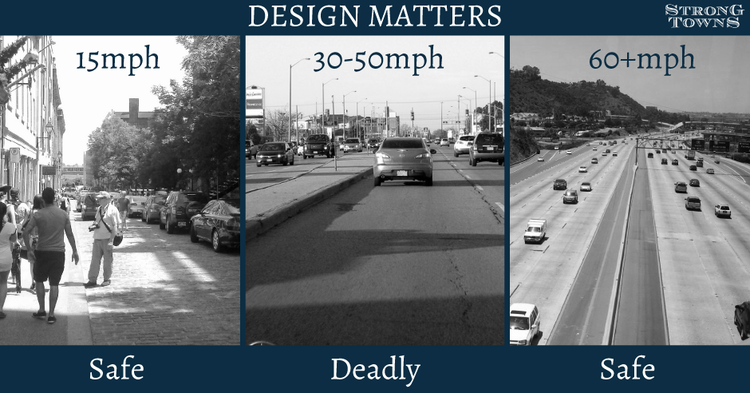
Today, as “safety over speed” week continues, we’re running a guest post from our friends at Strong Towns that uses some simple pictures to explain how street design is a far more powerful tool for slowing down traffic and prioritizing safety compared to the strategy of lowering speed limits.
Safety over speed week: Prioritizing safety is intrinsically connected with improving transit service

Nearly every bus transit rider starts and ends their trip with a walk, and decisions made to prioritize vehicle speed over safety often have significant impacts on transit. This excerpt from the new book “Better Buses, Better Cities” helps explain how better bus transit and prioritizing safety over speed are intrinsically related.
Safety over speed week: Drive like your kid business lives here
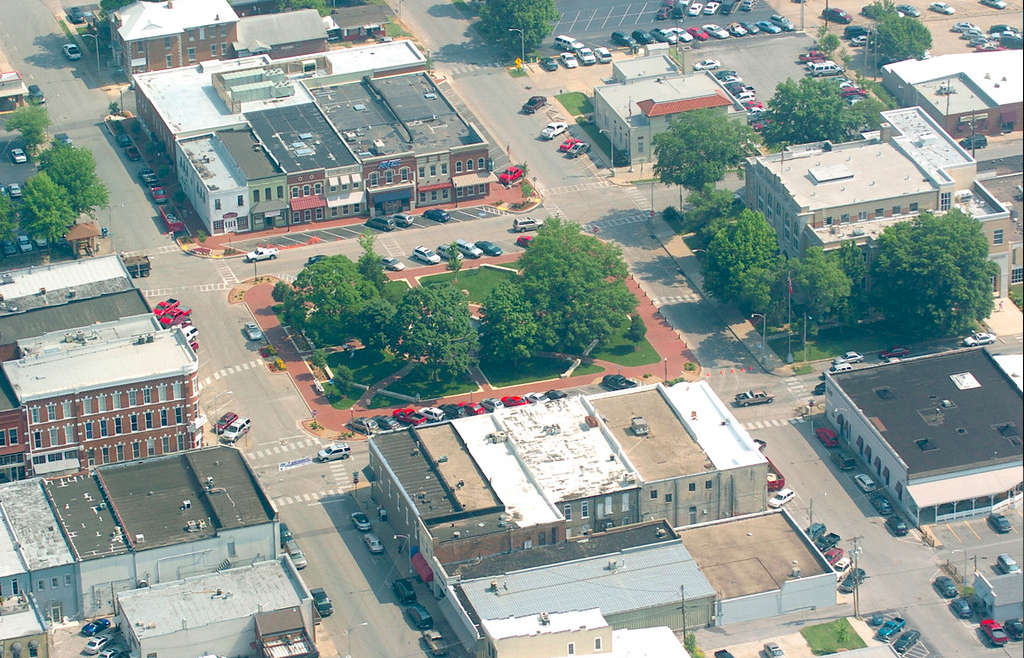
Economic slowdowns are generally a bad thing. But slowing down might be good for the economy, so long as we’re slowing vehicle speeds. Streets designed to accommodate (slow) drivers, people walking and biking, and transit riders are better for businesses, save money on health care costs, and can help businesses attract and retain talent.
Safety over speed week: Slip lanes would never exist if we prioritized safety over speed
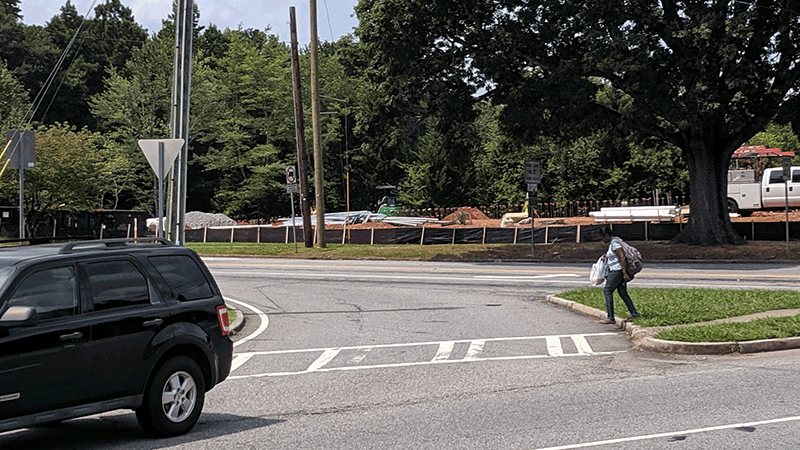
A specific design feature on our roadways is the quintessential embodiment of what happens when speed is the #1 priority and safety becomes secondary. Slip lanes, those short turning lanes at intersections that allow vehicles to turn right without slowing down, are incredibly dangerous for people walking. Yet states & cities keep building them. Why?
Competition: Which street is the most dangerously-designed?
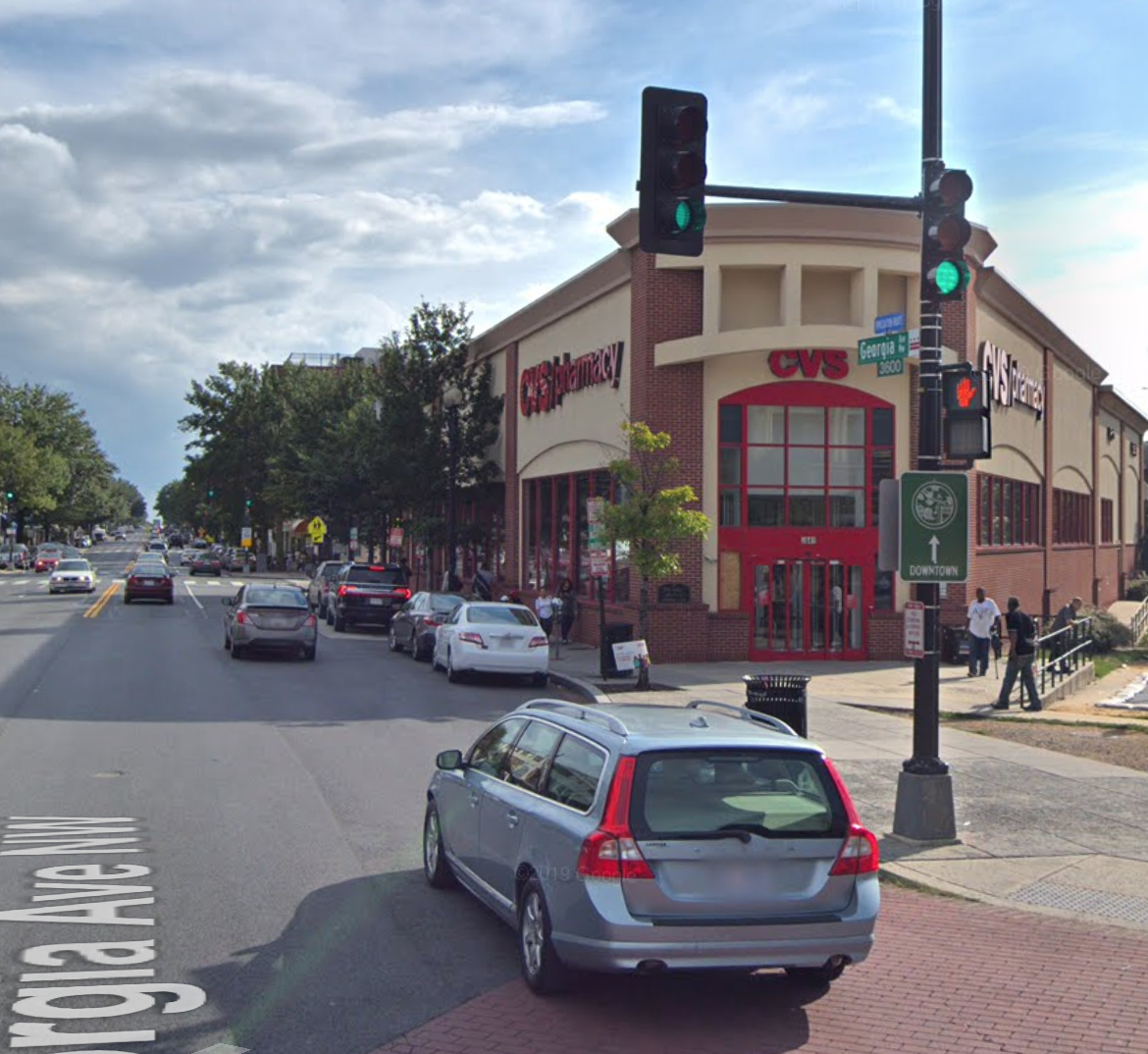
This week, we’ll be taking a deep dive on our second principle for transportation policy: design for safety over speed. Throughout the week, send photos of streets in your area that are designed for speeds far higher than the posted speed limit or where the speed limit is way too high for the context. On Friday (Nov. 8), you’ll have a chance to vote for the worst offender.
Safety over speed week: There’s one thing that almost every fatal car crash has in common
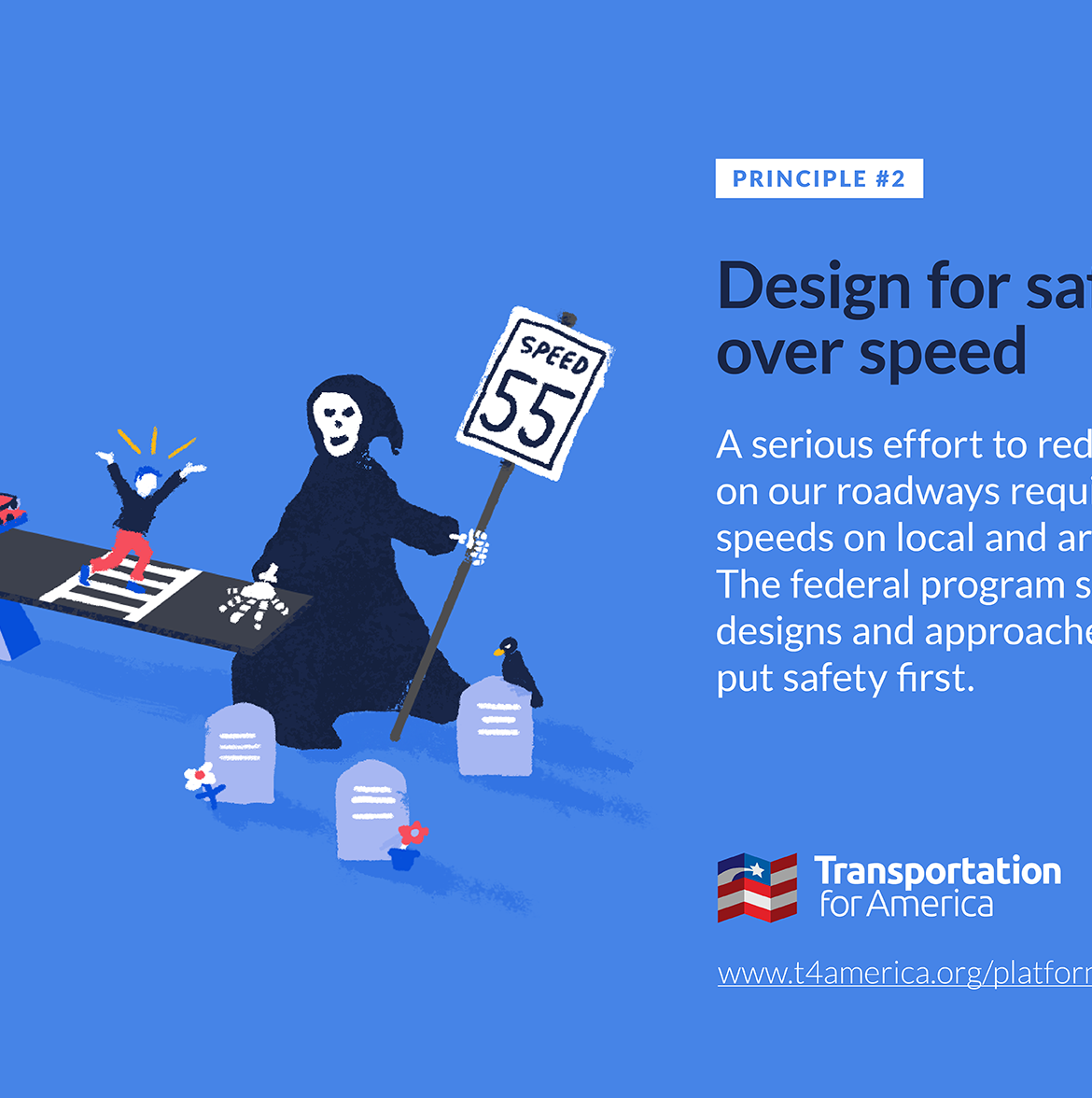
We face an epidemic of people struck and killed while walking and biking because our local streets—not just highways—are designed to move vehicles at the highest speeds possible rather than prioritizing the safety of everyone. It’s high time to stop sacrificing safety on the altar of speed with the billions that we spend every year. Here’s how Congress could make that happen.
Rural areas desperately need a transportation overhaul, too
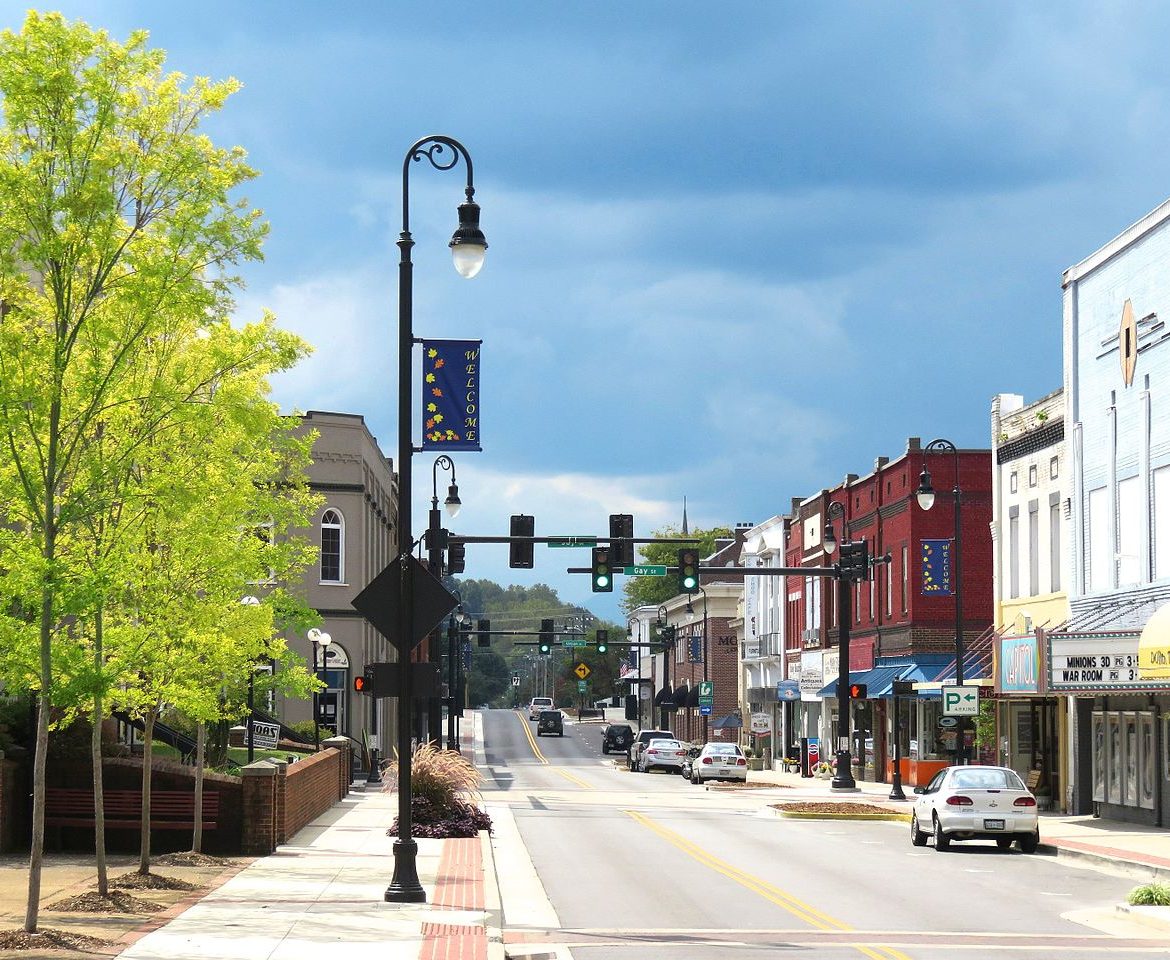
People disparage rural areas with the term “flyover country,” but our federal transportation program currently treats rural areas even worse—as “driveover” country. If Congress adopts Transportation for America’s three new policy principles, transportation investments could truly help rural areas prosper.
Explaining our three principles for transportation investment
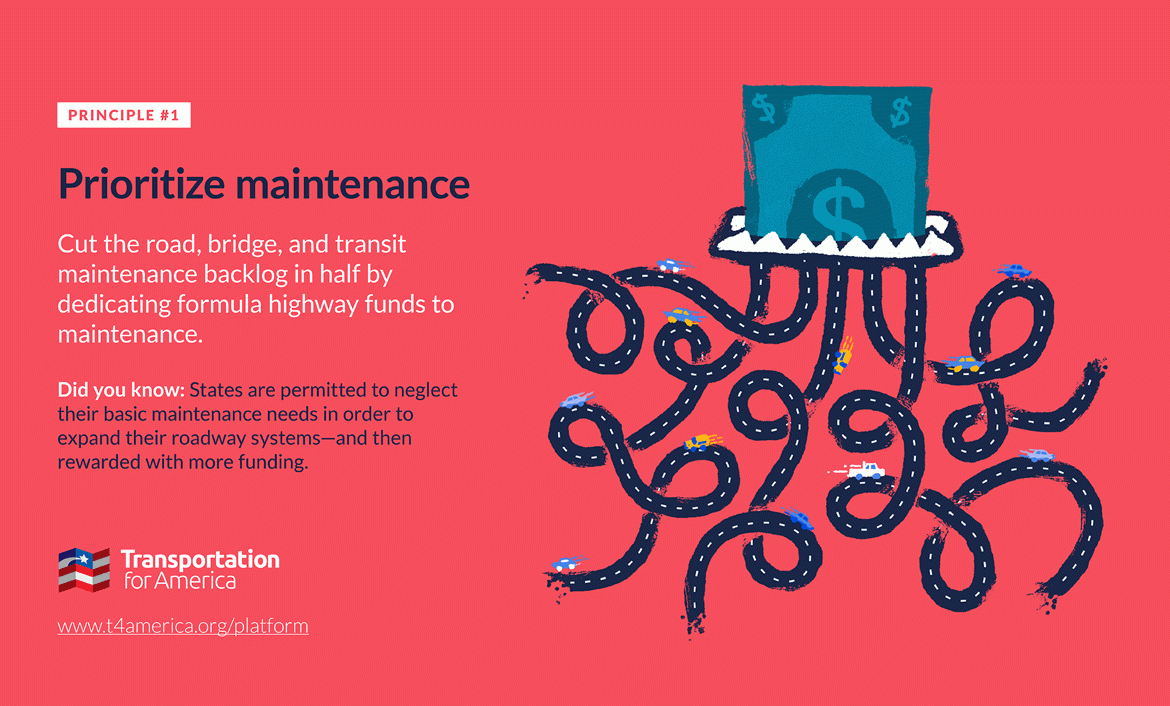
Today, T4America is releasing a new set of three concrete, measurable principles for transportation investment.
Transportation for America’s guiding principles for an infrastructure plan
As we continue to await either broad principles or specifics of the Trump’s administration much-anticipated infrastructure plan, T4America has released these four simple guiding principles to inform and evaluate any such future plan.





